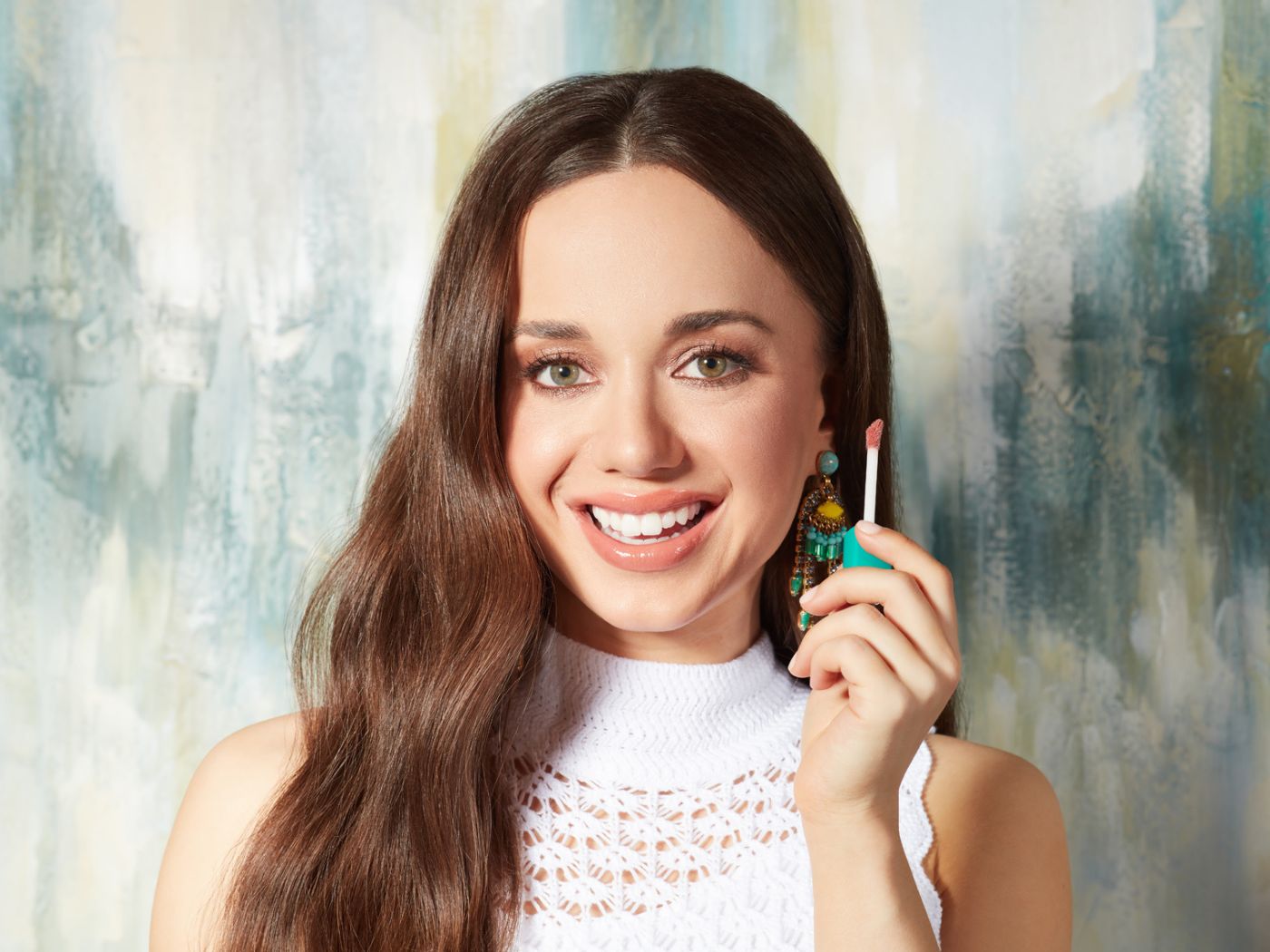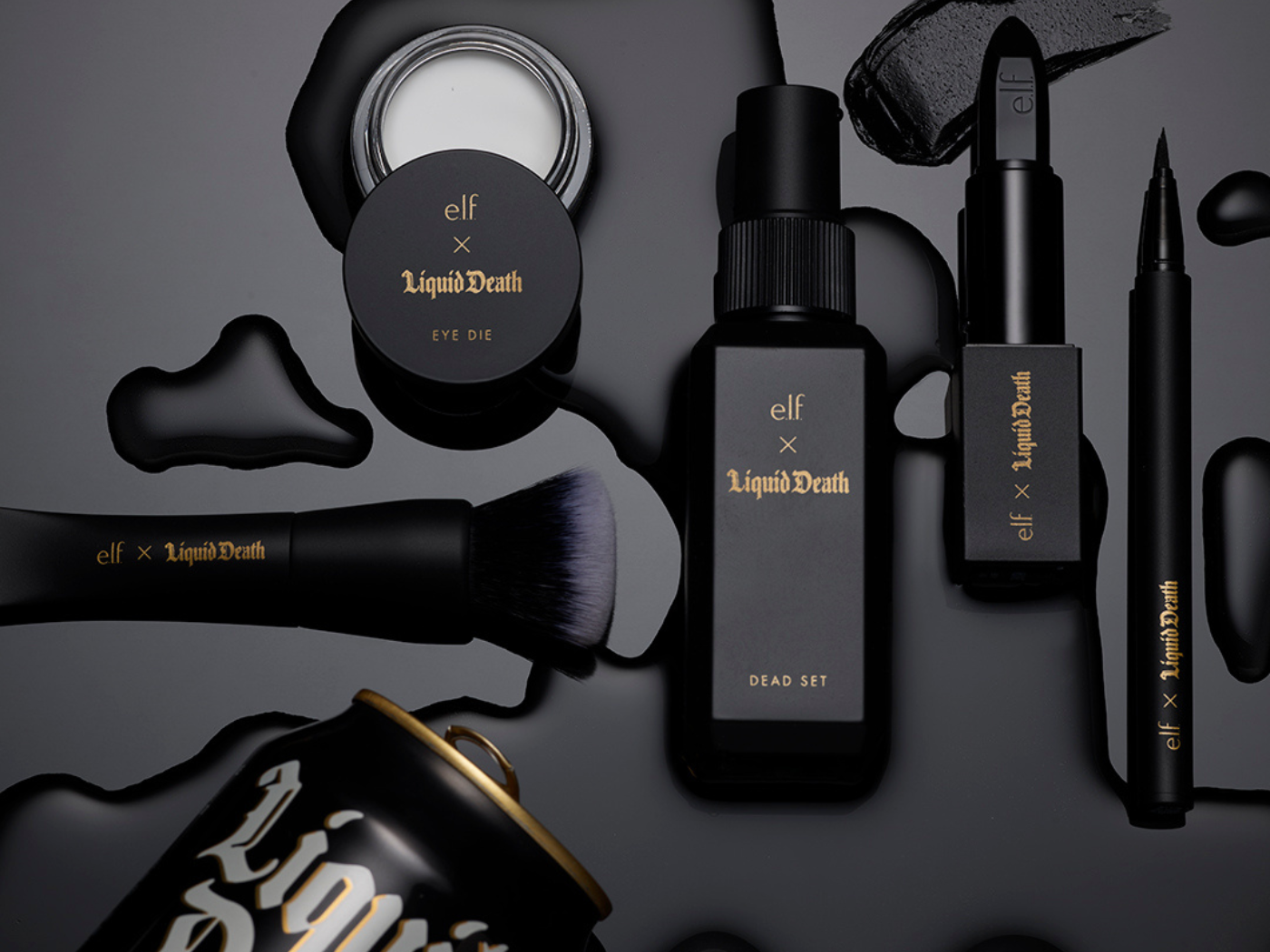As told to Annie Tomlin
I grew up on a dirt road in Stanwood, Washington. It’s a small town where everybody knows everybody’s name. My dad was in education for his entire career; he was a teacher, then a principal. My mom did many different jobs. Our family lived on a farm with lots of animals —pygmy goats, roosters, a barn cat, and a horse named Blue. Our farm was sandwiched between a cow farm, a horse farm, and a sheep farm. I honestly thought everybody grew up that way.
As a girl, I had a lot of inner joy that spilled out of me. There was never enough time to do all the things that I wanted to do on a given day. I loved to challenge the status quo, and I was very inquisitive, always asking why certain things were the way they were. And I loved to meet people. At school, I was the one who was like, “Oh, you’re new? Sit with us! Who are you? What’s your story?” I’d always been drawn to philanthropy, for which I credit my parents and my community. Works of service were a large part of my childhood, whether it was weeding gardens at church, working in soup kitchens, or volunteering at homeless shelters.
I became interested in business at a young age. Growing up in the country on a gravel road, we didn’t have a lot of neighbors. Everybody lived on 10 acres, so lemonade stands didn’t yield much revenue. But I got creative. I’d read in a magazine that toilet seat covers would help absorb facial oil. So I cut a ton of them into rectangles, stapled them together, put a little cover on the front, and I sold them. If you ran into me at the local grocery store, I was probably trying to sell you my oil-absorbing toilet seat covers for two bucks. When the toilet covers are given to you for free, the margins are pretty strong.
At 10 years old, I discovered beauty — and it was electric. I would read Bobbi Brown’s beauty books and Don’t Go to the Cosmetics Counter Without Me by Paula Begoun. Makeup lit a creative fire within me. It was so much fun to take the canvas of the face and create different looks with makeup. At 10 years old, I knew that come hell or high water, I was going to work in the beauty industry.
I started working as a makeup artist at Sephora when I was 18, and I stayed for five years. I’m glad that was my path versus doing editorial or runway. It gave me an appreciation of how makeup and skin care could help someone live their most confident, empowered life. I will never forget the first time I did makeup on a woman who was going through cancer. It literally took my breath away to see the transformation in her self-esteem, and how she was brought to tears when she looked in the mirror and saw how beautiful she was. Those are the moments that I hold on to, because you become so much more than just a person applying makeup; you’re helping to bring out the best in someone and unlock something new in their spirit.
In college, when I realized that you could make skin care and makeup, I thought, “Okay, this is what I’m going to do.” At 20, I started working at Clarisonic as a marketing assistant in the international business department. Dream job. I was willing to do it – anything and everything, especially if I could learn more about product development. I asked to go to meetings that I was not invited to, even if they were at 7 o’clock at night. I maintained my passion for the international side of the business while working to move into product development.
Then L’Oréal purchased Clarisonic. When I learned of the acquisition, I had no idea that L’Oréal was the largest beauty conglomerate in the world. I thought it was a drugstore company! I was fortunate to meet Carol Hamilton early in that process. She’s an icon. When I met her, I wrote in my journal, This woman is going to change my life. She told me that I was going to change the beauty industry. To have somebody believe in you when you’re 22 years old is so powerful.
I went on to work for L’Oréal, which opened the aperture of my mind. I drank the L’Oréal Kool-Aid right away, because I thought, “This is an amazing company that is going to help me go places.” My younger self would have been amazed, because I never thought I would leave Washington to work in Los Angeles or New York or Paris. I hadn’t known to dream that big.
Then, I lost my friend Kristy to cancer. She was so young — only 24. I remember sitting at her funeral and being highly aware that she’d lived her life to the absolute fullest. While I was hell-bent on climbing the corporate ladder, she was dedicating her life to changing people’s lives through philanthropy. About a month after she passed away, I had the idea for creating a beauty company that was about giving back.
That was the beginning of Thrive Causemetics. The idea was to create clean, clinically proven, solution-based products that were great for people who were immunocompromised, but desirable to everyone because they were highly efficacious. By having a philanthropic component, I believed we could change how people think about the beauty industry — to show that it is about more than superficiality.
Thrive Causemetics’ first product was false eyelashes and a lash glue that would work whether you had lashes or not. That was inspired by Kristy, but also by the people I met while volunteering as a makeup artist at a local hospital. As I started to develop the product, I was interacting with people who had alopecia and cancer. They kept saying, “We really, really need this to exist.”
Their encouragement fueled me, and by then, I was working full time at a different day job in the nutrition category — because you can’t work for the world’s largest beauty company and build a beauty company at the same time. That’s just a bit of a conflict of interest. For the first two years of running Thrive Causemetics, I worked full-time at the other job to pay my rent and help fund the company. Then I left to focus on Thrive Causemetics full-time. I knew that if I didn’t dedicate myself to the mission, it wouldn’t succeed. I took that leap of faith.
I was confident from the start, but of course I ran into obstacles. I’d thought that of course every luxury retailer would want to carry Thrive Causemetics. But I couldn’t even get people to respond to my emails, or I’d pitch retailers and they were nice but not interested. We had no customers, really, at first. Naively, I’d thought that if you just made a website, people would buy from you — but that’s not the truth. There were days when we would have zero sales on the website.
But I couldn’t quit because there was no quitting; the people we served needed us. There were times when I didn’t believe in myself, but they believed in me. That was an enormous blessing. And in time, the business did grow. We’ve donated to more than 600 charities since I started the company. We work with organizations supporting the LGBTQ+ community, the domestic abuse community, first responders, and organizations fighting homelessness. When someone purchases our product, that fuels a scholarship to send a nurse to school, as we did in partnership with the University of Louisville and Breonna Taylor’s family for the Breonna Taylor Legacy Endowment. Kaelyn, the first scholarship recipient, will become a nurse and save lives.
Ten-year-old me would be really proud of where I am now — and surprised. Growing up, I never thought I would leave Stanwood; my goal was to win the “Most Likely to Stay in Town” yearbook award. If that girl had known that Kelly Clarkson or Serena Williams were going to love the products that my company created, that would have saved me a lot of heartache with boys and bullies. What Thrive Causemetics has exposed me to is well beyond my wildest dreams.




